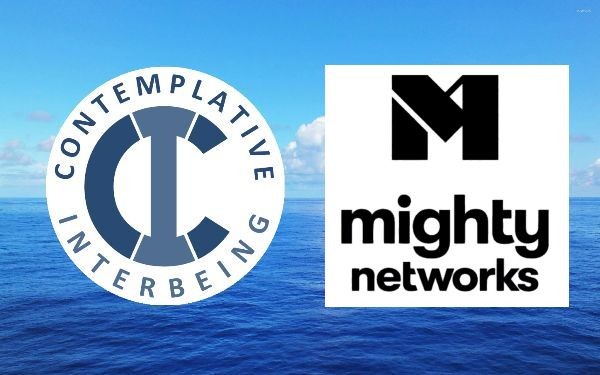The Welcoming Prayer
This is a form of contemplation—a practice of accepting paradox and holding the tension of contradictions—called The Welcoming Prayer.
First, identify a hurt or an offense in your life. Remember the feelings you first experienced with this hurt and feel them the way you first felt them. Notice how this shows up in your body. Paying attention to your body’s sensations keeps you from jumping into the mind and its dualistic games of good-guy/bad-guy, win/lose, either/or.
After you can identify the hurt and feel it in your body, welcome it. Stop fighting it. Stop splitting and blaming. Welcome the grief. Welcome the anger. It’s hard to do, but for some reason, when we name it, feel it, and welcome it, transformation can begin.
Don’t lose presence to the moment. Any kind of analysis will lead you back into attachment to your ego self. The reason a bird sitting on a hot wire is not electrocuted is quite simply because it does not touch the ground to give the electricity a pathway. Hold the creative tension, but don’t ground it by thinking about it, critiquing it, or analyzing it.
When you’re able to welcome your own pain, you will in some way feel the pain of the whole world. This is what it means to be human—and also what it means to be divine. You can hold this immense pain because you too are being held by the very One who went through this process on the Cross. Jesus was holding all the pain of the world, at least symbolically or archetypally; though the world had come to hate him, he refused to hate it back.
Now hand all of this pain—yours and the world’s—over to God. Let it go. Ask for the grace of forgiveness for the person who hurt you, for the event that offended you, for the reality of suffering in each life.
There is no promise the pain will leave easily or quickly. To forgive is not to forget. But letting go frees up a great amount of soul-energy that liberates a level of life you didn’t know existed. It leads you to your True Self.

